Big Data Analytics
Demystifying Big Data: A Beginner's Guide to Understanding and Utilizing Data
Discover the power of big data in our beginner's guide. Uncover the meaning, significance, and benefits of harnessing vast volumes of structured and unstructured data. Gain valuable insights to drive business growth and gain a competitive edge. Let's demystify big data together!
Jun 20, 2023
As a business owner, you've likely heard the term "big data" thrown around in discussions about the future of technology and business. But what exactly is big data, and how can it benefit your company? In this beginner's guide, we will demystify big data, explain its significance, and provide insights into how you can harness its power to drive business growth. Let's dive in!
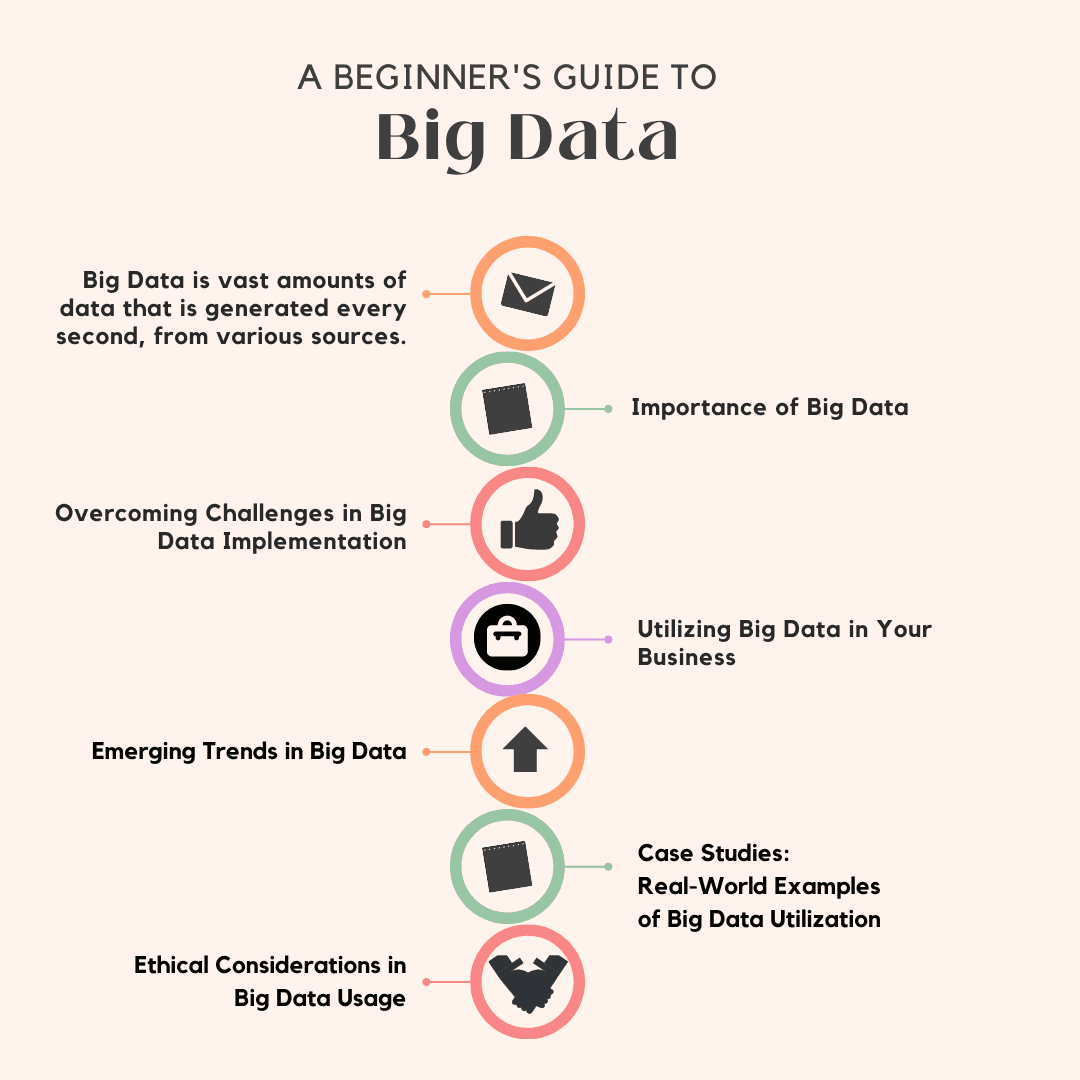
What is Big Data?
Big data refers to the vast amounts of structured and unstructured data that is generated every second, from various sources such as social media, customer interactions, online transactions, and more. It encompasses the three Vs: volume (a large amount of data), velocity (the speed at which data is generated), and variety (different forms of data). This data holds valuable insights that can help businesses make informed decisions and gain a competitive edge.
The Importance of Big Data
Understanding the importance of big data is crucial for businesses looking to thrive in the digital age. Here are some key reasons why big data matters:
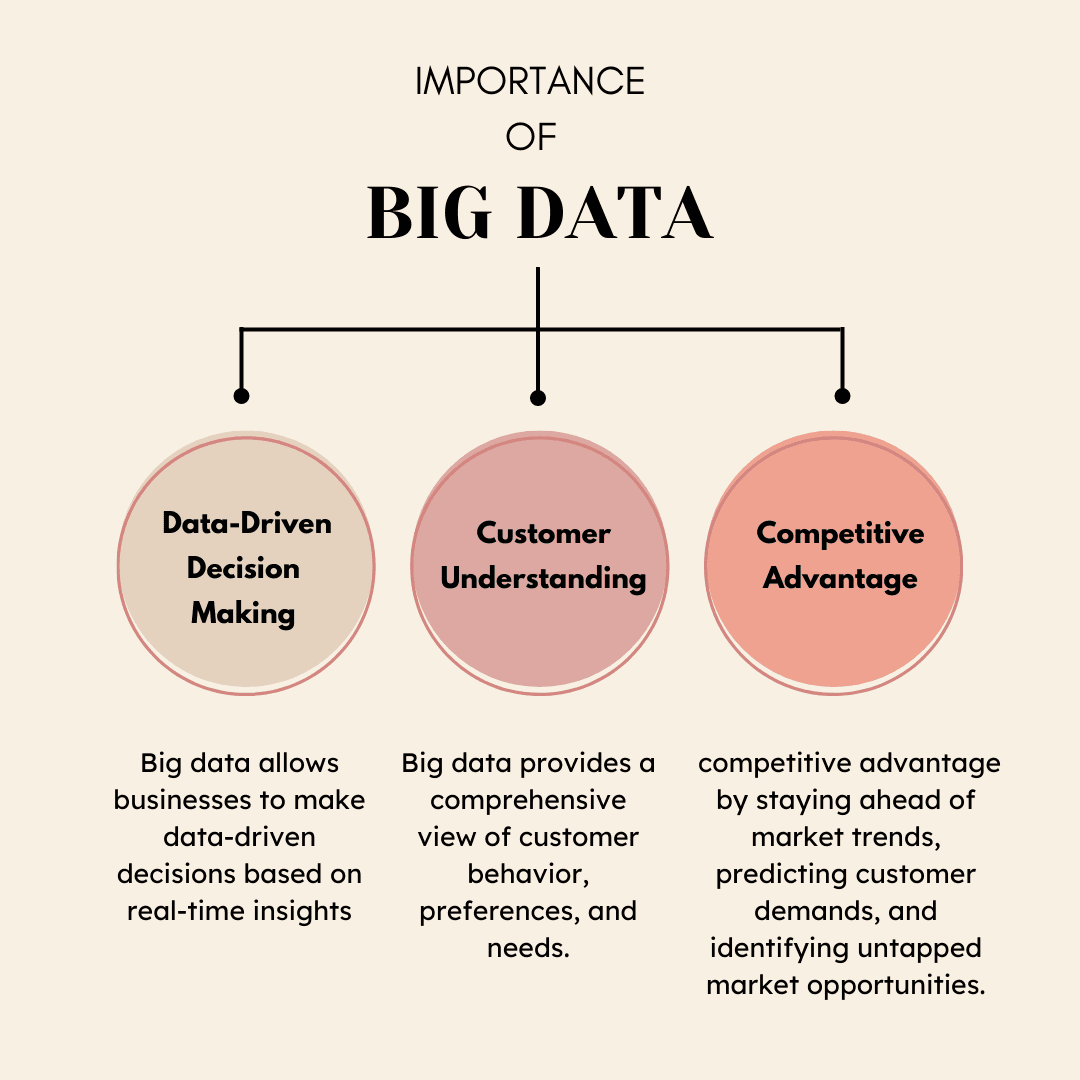
a. Data-Driven Decision Making:
Big data allows businesses to make data-driven decisions based on real-time insights, rather than relying on gut feelings or guesswork. By analyzing patterns and trends within the data, businesses can identify opportunities, optimize processes, and enhance overall performance.
b. Customer Understanding:
Big data provides a comprehensive view of customer behavior, preferences, and needs. Analyzing this data helps businesses personalize their offerings, improve customer experience, and tailor marketing strategies to target specific segments effectively.
c. Competitive Advantage:
Companies that harness the power of big data gain a competitive advantage by staying ahead of market trends, predicting customer demands, and identifying untapped market opportunities. It enables businesses to adapt and innovate faster, ensuring long-term success.
Utilizing Big Data in Your Business
Now that you understand the significance of big data, here are some practical ways you can leverage it to drive business growth:
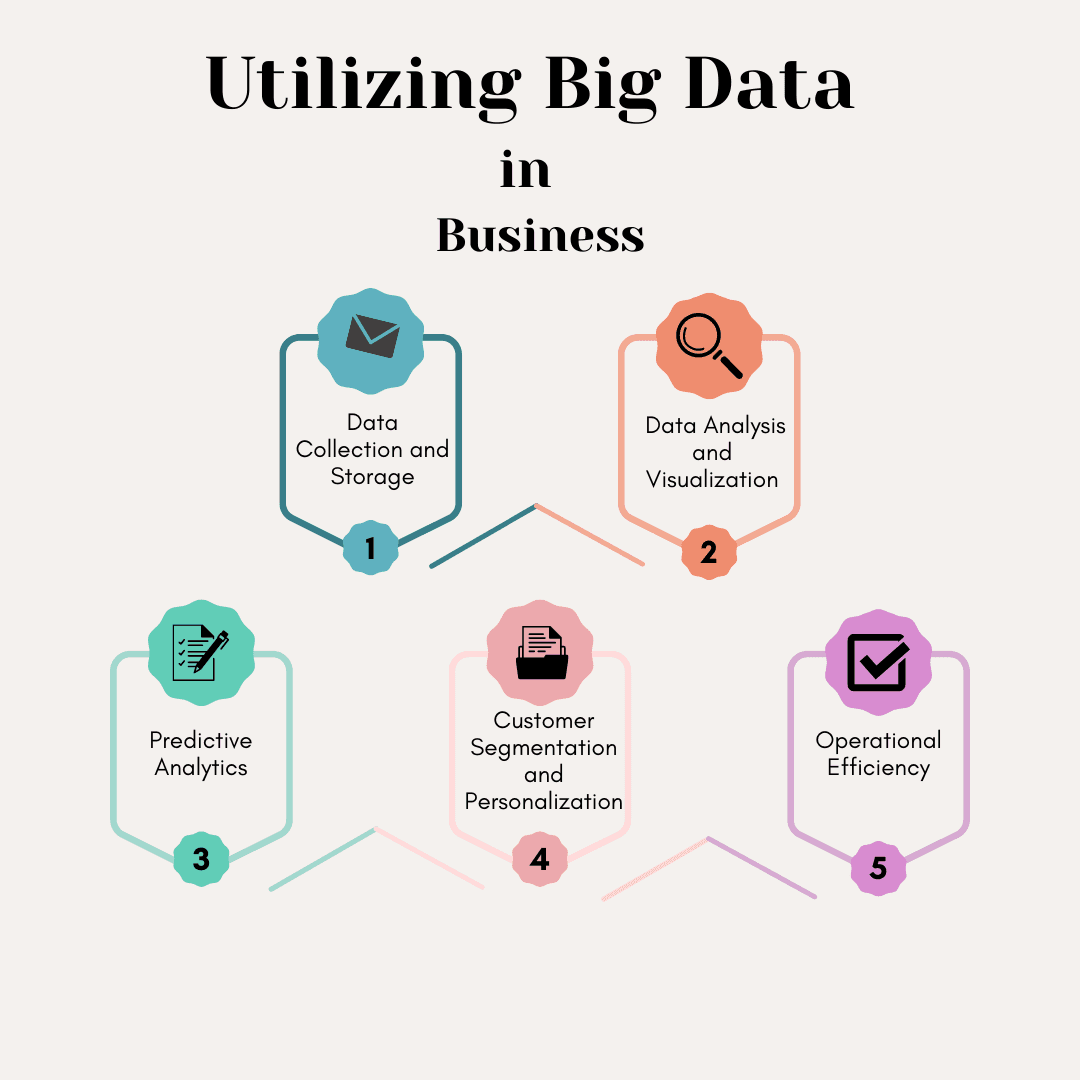
a. Data Collection and Storage:
Establish a robust data collection system to gather relevant data from various sources. Utilize data storage solutions, such as cloud platforms or data warehouses, to securely store and organize the collected data.
b. Data Analysis and Visualization:
Implement data analytics tools and techniques to extract meaningful insights from the collected data. Utilize visualization techniques like charts, graphs, and dashboards to present the data in a comprehensible and actionable format.
c. Predictive Analytics:
Utilize predictive analytics algorithms to forecast future trends and make informed business decisions. This can help in demand forecasting, inventory management, pricing strategies, and customer retention.
d. Customer Segmentation and Personalization:
Use big data analytics to segment your customer base and personalize your marketing efforts. Tailor your products, services, and communication to specific customer segments for improved engagement and higher conversion rates.
e. Operational Efficiency:
Analyze big data to identify bottlenecks, streamline processes, and improve operational efficiency. By optimizing your supply chain, production, and distribution processes, you can reduce costs, enhance productivity, and deliver better customer experiences.
Overcoming Challenges in Big Data Implementation
While the benefits of big data are undeniable, it's important to acknowledge the challenges that come with its implementation. Here are some common hurdles and how to address them:
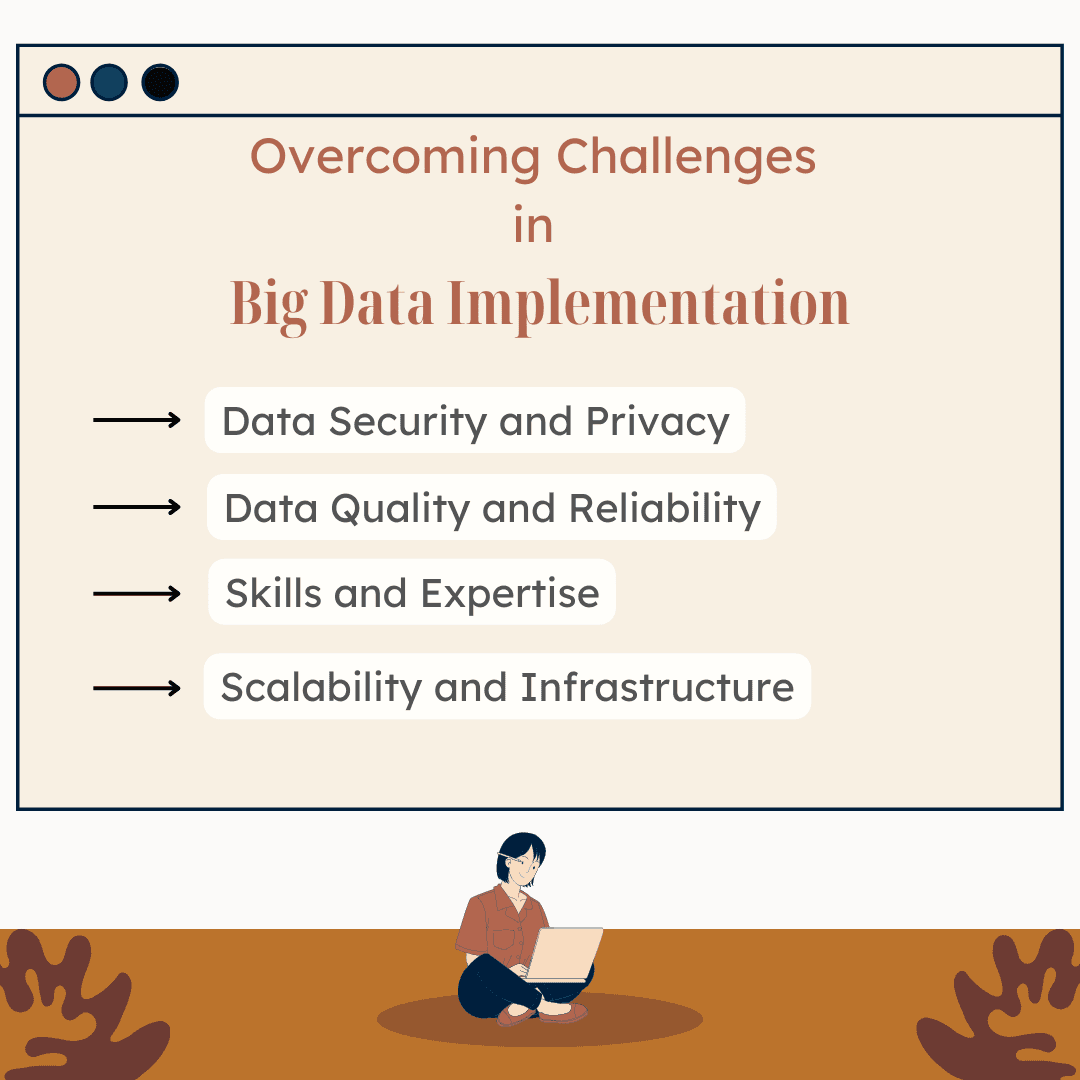
a. Data Security and Privacy:
With the increasing volume and variety of data, ensuring data security and privacy becomes paramount. Implement robust security measures, such as encryption, access controls, and data anonymization, to protect sensitive information and comply with data protection regulations.
b. Data Quality and Reliability:
Big data can be vast and diverse, making it essential to ensure data quality and reliability. Establish data governance practices, conduct regular data cleansing, and validate the accuracy of data sources to maintain data integrity.
c. Skills and Expertise:
Working with big data requires specialized skills and expertise. Invest in training your team or consider partnering with data analytics professionals who can help you navigate complex data sets and extract meaningful insights.
d. Scalability and Infrastructure:
As the volume of data grows, scalability and infrastructure become significant considerations. Explore cloud-based solutions that offer flexibility and scalability without the need for heavy investments in hardware and infrastructure.
Emerging Trends in Big Data
Big data is an evolving field, and staying updated with emerging trends can give your business a competitive advantage. Here are a few notable trends to watch out for:
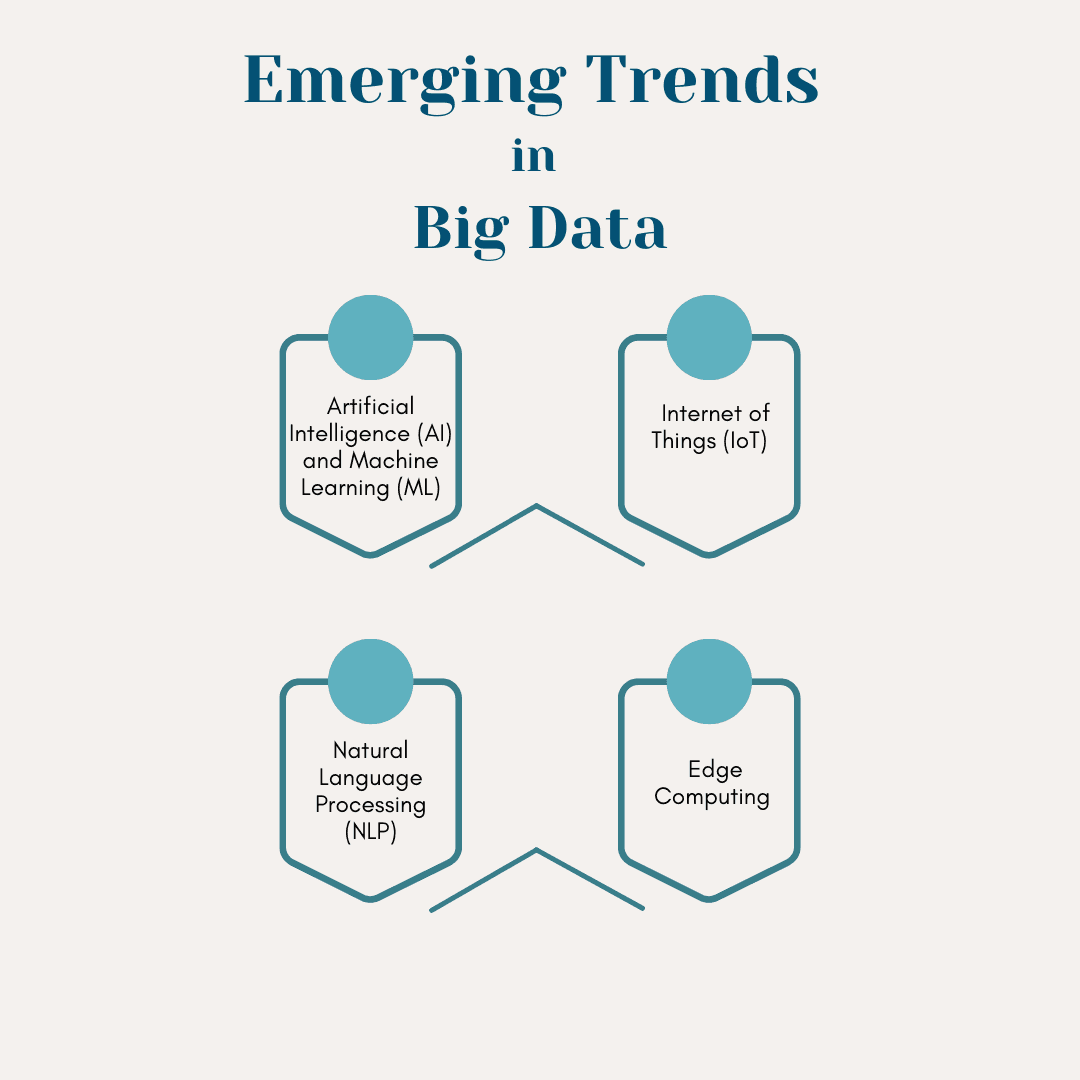
a. Artificial Intelligence (AI) and Machine Learning (ML):
AI and ML algorithms play a vital role in analyzing big data, identifying patterns, and making accurate predictions. Embrace AI and ML technologies to enhance data analysis capabilities and automate decision-making processes.
b. Internet of Things (IoT):
With the proliferation of IoT devices, the amount of data generated is skyrocketing. IoT enables businesses to collect real-time data from interconnected devices, providing valuable insights for process optimization, predictive maintenance, and personalized experiences.
c. Natural Language Processing (NLP):
NLP allows computers to understand and interpret human language. Leveraging NLP in big data analytics can help businesses extract insights from unstructured textual data, such as customer feedback, social media posts, and online reviews.
d. Edge Computing:
Edge computing brings data processing closer to the source, reducing latency and bandwidth requirements. It enables real-time analysis of streaming data, making it valuable for time-sensitive applications like fraud detection, autonomous vehicles, and smart cities.
Real-World Examples of Big Data Utilization
To illustrate the practical applications of big data, let's explore a few case studies from different industries:

a. Retail:
Retail giant Walmart analyzes customer purchasing patterns, social media sentiment, and inventory data to optimize supply chain management, improve stock availability, and personalize marketing campaigns.
b. Healthcare:
The Mayo Clinic uses big data analytics to identify disease trends, personalize treatment plans, and predict patient outcomes. By analyzing patient records, genetic data, and research publications, they enhance healthcare delivery and improve patient care.
c. Transportation:
Uber leverages big data to match drivers and riders efficiently, optimize routes, and predict surge pricing. By analyzing real-time GPS data, rider behavior, and traffic patterns, they provide a seamless and efficient transportation experience.
d. Finance:
Credit card companies like Visa and Mastercard use big data analytics to detect fraudulent transactions in real time. By analyzing transaction history, spending patterns, and location data, they can identify and prevent fraudulent activities, ensuring secure transactions.
Ethical Considerations in Big Data Usage
While big data offers immense benefits, it's crucial to address the ethical considerations associated with its usage. Here are a few key points to keep in mind:

a. Data Privacy:
Respect user privacy and comply with data protection regulations. Obtain consent for data collection, anonymize sensitive information, and ensure secure data storage and transmission.
b. Bias and Fairness:
Be aware of potential bias in data sets that can lead to discriminatory outcomes. Regularly evaluate algorithms and models to mitigate bias and ensure fairness in decision-making processes.
c. Transparency and Accountability:
Be transparent about data collection and usage practices. Clearly communicate to customers how their data is being used and provide avenues for data access and correction.
d. Data Governance:
Establish robust data governance practices to maintain data integrity, security, and compliance. Clearly define roles and responsibilities, implement data protection policies, and conduct regular audits.
Conclusion
Big data has transformed the way businesses operate, enabling them to make data-driven decisions, enhance customer experiences, and gain a competitive edge. By understanding the practical applications of big data, learning from real-world examples, and adhering to ethical considerations, you can harness its power to unlock unprecedented growth opportunities for your business.
Embrace the data-driven mindset, invest in the necessary tools and expertise, and embark on a journey of exploration and innovation with big data. Remember, the true potential of big data lies in its ability to provide actionable insights that can drive meaningful change and propel your business toward a successful future.
To learn more about how you can leverage the power of big data to drive business growth, consider partnering with Analytics Safe. Our platform is designed to help businesses like yours harness the full potential of their data assets. With Analytics Safe, you can:
· Seamlessly merge data from various sources, including Google Analytics, to create a comprehensive view of your analytics.
· Ensure data security and privacy with robust encryption, access controls, and data anonymization measures.
· Utilize advanced data analytics tools and techniques to extract valuable insights and make informed, data-driven decisions.
· Visualize your data through interactive charts, graphs, and dashboards to gain a clear understanding of your business performance.
· Stay ahead of emerging trends in big data, such as artificial intelligence, machine learning, and the Internet of Things, to gain a competitive edge.
· Don't let the upcoming changes to Google Analytics leave your valuable historical data at risk. Take control of your data and unlock its full potential with Analytics Safe.
Contact us today and see how Analytics Safe can transform your data analysis capabilities. Let's embark on a data-driven journey together and drive your business toward unprecedented growth.

